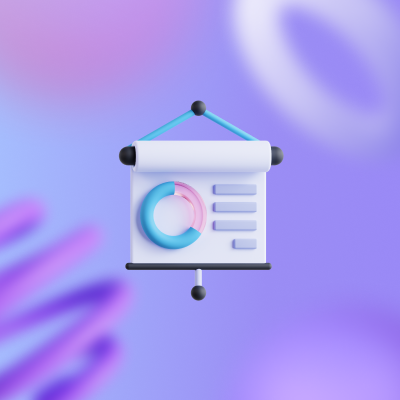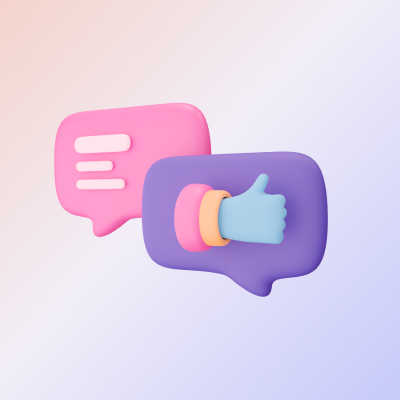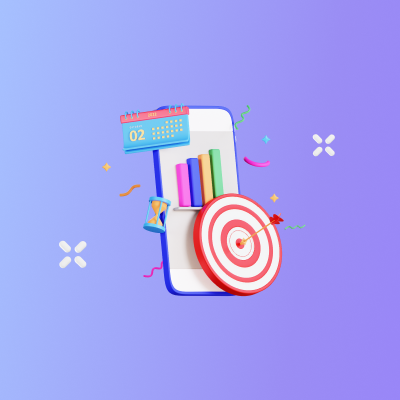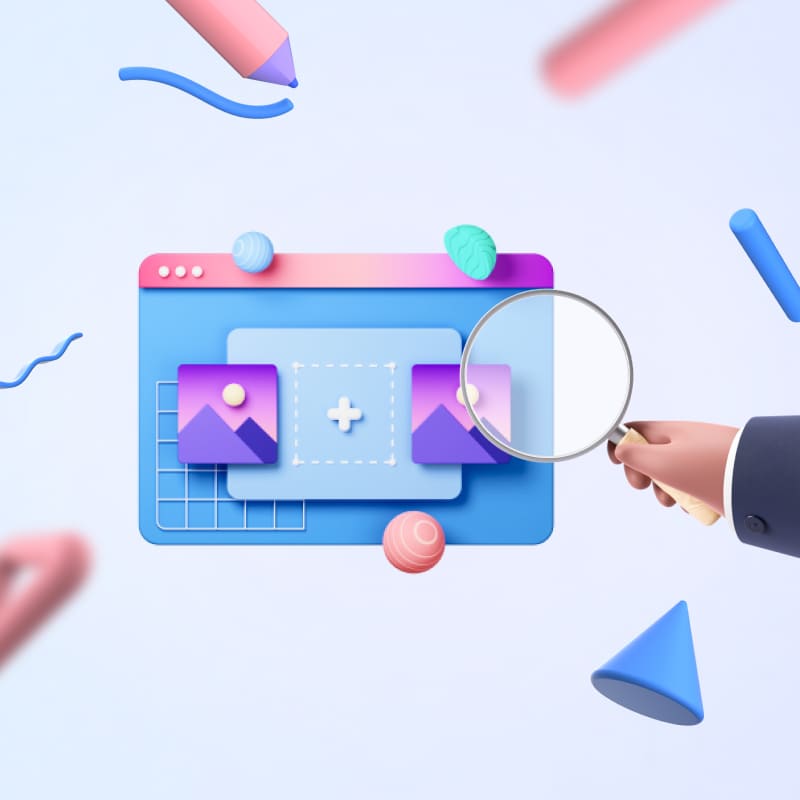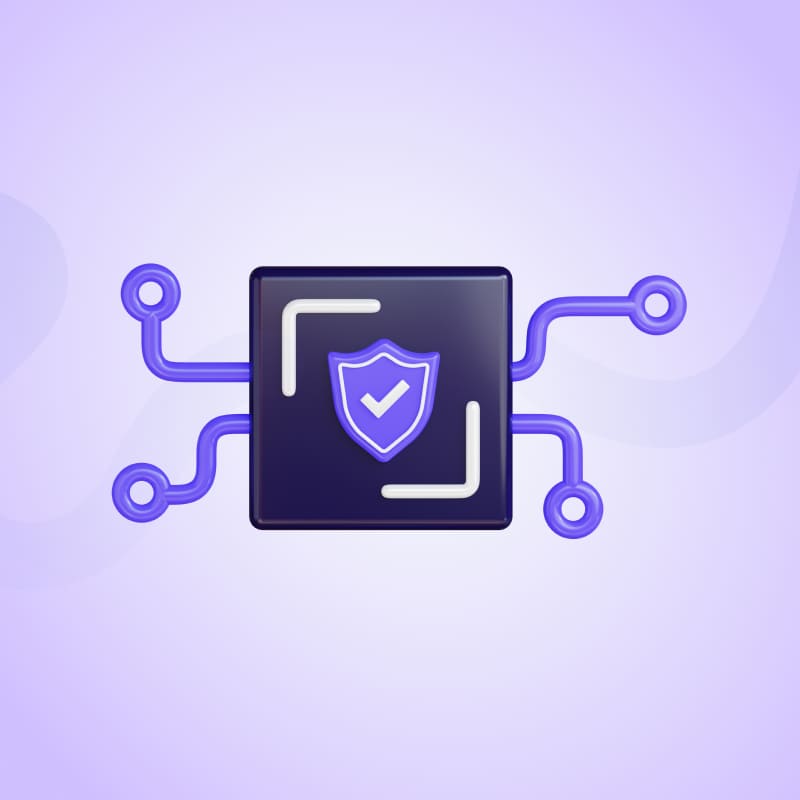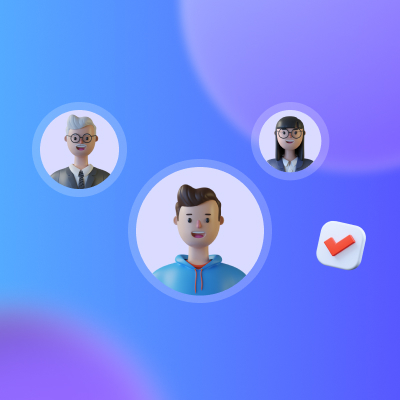
E-learning is a great way to teach people new skills or to give them a refresher course on something they already know.
But creating e-learning content can be challenging because there are many things to consider, from the format of your content to the delivery method.
However, if you want to create successful e-learning content, there are some common mistakes you should avoid.
Here are nine mistakes to avoid when creating e-learning content. By avoiding these mistakes, you'll be able to create better e-learning content that engages your learners and helps them learn more effectively.
1. Not considering your audience
When creating e-learning content, it's important to consider who your audience is and what they need. Not all learners are the same, and not all content will be appropriate for all learners. When designing your content, you need to consider age, learning style, and prior knowledge.
Otherwise, you risk creating content that is either too difficult or too easy for your learners and that won't engage them, which will ultimately lead to a less successful learning experience.
2. Not planning your content effectively
One of the creators' first mistakes when starting to develop content is not planning their strategy effectively. Without a plan, producing consistent, high-quality content that meets your goals can be difficult.
It's crucial to take the time to brainstorm ideas, map out a publishing schedule, and create editorial guidelines. Otherwise, you'll likely end up with a haphazard mix of content that doesn't do much to help you.
3. Making your content too long or too short
One common mistake when creating e-learning content is to make it either too long or too short. Of course, the length of your content will depend on what you're teaching and your audience. But in general, try to keep your content as concise as possible. Otherwise, you risk losing your learners' attention or overwhelming them with information.
4. Creating generic content that doesn't address learners' needs
Creating generic content is a mistake that many instructors make. They assume that all learners are the same and have the exact needs. However, this is not the case. Every learner is different, and they will all have different needs.
As a result, it is important to create content specific to each learner's needs. Otherwise, you risk creating either too difficult or too easy content, and neither is conducive to learning.
It is also important that it needs to change over time. What a learner needs today may not be what they need tomorrow. For this reason, it is important to assess learners' needs and adjust your content accordingly.
5. Using too much text
Too much text can overwhelm readers and make your message difficult to understand. It can also be boring, causing people to tune out or click away before they can process what you're saying.
On the other hand, not using enough visuals or multimedia elements can make your content seem dull and uninteresting. It can make it more complicated for people to grasp your key points.
The best solution is to keep a balance between the two. Use enough text to convey your point clearly, but supplement it with visuals and multimedia elements where appropriate. This will help keep people engaged and ensure your message doesn't get lost in the shuffle.
6. Not using interactive elements to engage learners
Learning is not a one-size-fits-all solution. Every learner is different, so if one thing works for one individual, it might not work for another. An important element of effective e-learning content is interactivity.
To keep learners engaged, content should be designed to allow them to participate in the learning process actively. This can accomplish through various interactive elements, such as quizzes, polls, and simulations. By incorporating these elements into e-learning content, learners can better retain the information they are being presented with. Additionally, they will be more likely to enjoy the learning experience and be motivated to complete the course. Therefore, it is important to consider interactivity when creating e-learning content.
7. Forgetting to test your content before you release it to learners
It's important to test your e-learning content before you release it to learners. This will help ensure that the content is accessible and easy to understand.
There are a few things you can do to test your e-learning content. First, try running a pilot study with a small group of students. This will help you identify areas where the content is confusing or difficult to follow.
Second, use analytics to track how students interact with the content. This will give you insights into where students are struggling and what changes need to be made.
Finally, don't forget to get feedback from learners after they've completed the course. This will help you understand what works well and needs improvement.
By taking these few steps, you can be confident that your e-learning content is effective and engaging.
8. Not getting feedback from other professionals
It's always a good idea to get a second opinion before hitting publish on your latest e-learning course.
E-learning content can be tricky to produce; you want to ensure the information is clear, concise, and engaging without being dry or dull. But it can be challenging to step back and see your work with fresh eyes.
This is where beta testers and other trainers or designers come in. Beta testers, professional trainers and instructional designers can give you feedback on your e-learning content before you release it to learners. They can help you identify areas needing clarification or expansion and point out typos or errors.
In short, beta testers and professional trainers can save you a lot of headaches down the road. So if you're feeling unsure about your latest e-learning project, don't be afraid to ask for help. It could always make all the difference in the success of your course.
9. Creating content for the sake of creating content
It's important to remember that not all e-learning content is created equal. Just because you can create a PowerPoint presentation or throw together a few slides doesn't mean your content will be effective. If your content isn't well-designed and engaging, it can do more harm than good.
When creating e-learning content, always ask yourself if the content is necessary. Does it add value to the learning experience? Is it exciting and engaging? If not, it's probably best to leave it out.
After all, there's no point in creating e-learning content for the sake of creating content.
Verdict
When creating e-learning content, there are a few important things to remember:
-
Make sure the content is clear and concise.
-
Ensure that the content is interactive and engaging.
-
Don't forget to test the content before you release it to learners.
-
Do not hesitate to get feedback from other professionals.
By following these tips, you can be confident that your e-learning content will be effective and enjoyable for your learners.
And if you need the tools to do it, get a free demo with My Learning Hub to learn more about its easy-to-use course builder and white-labelled beautiful templates.
Frequently asked questions FAQ



